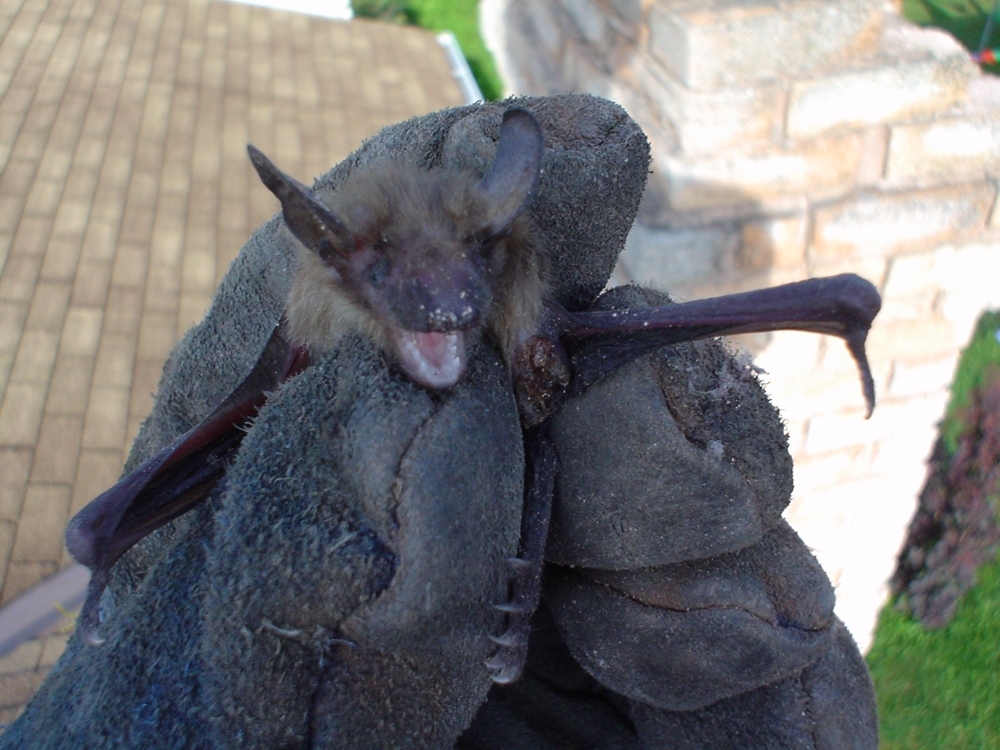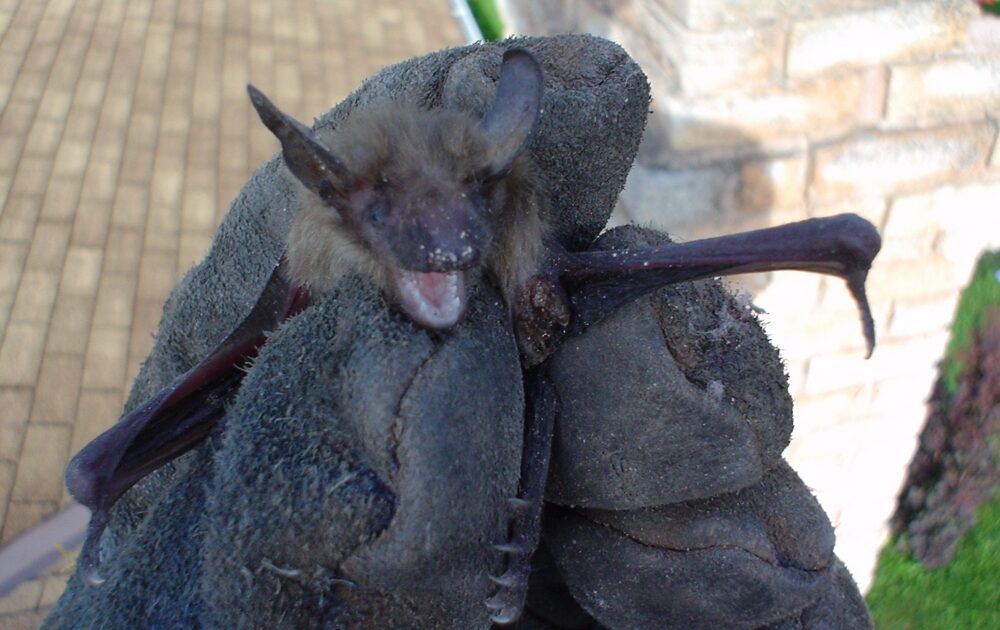Skedaddle Humane Wildlife Control is happy to be a part of the Coquitlam community and surrounding areas. Our goal in wildlife removal is to keep humans and animals safe from harm. After the incident in May when a young man on Vancouver Island passed away from rabies after a bat encounter, we understand that people have concerns about bats entering their homes and we want to help.
It is important to know how to manage a bat in your home. You should not try to handle a wildlife infestation yourself. It’s true that while 13% of the bats tested for rabies are diagnosed with the disease, the total in the wider population is probably closer to 1% due to the fact that the animals are generally only tested when rabies is suspected. Even so, the risk is there, so trust professionals for humane bat removal to keep both yourself and these valuable animals safe.
What To Do When a Bat Is in Your Living Space
If you have a bat flying around your living quarters, the first thing to do is to remain calm. A bat does not want to bite humans; it is not there to do harm. Most likely, the animal was seeking shelter and found a convenient opening to the indoors. Bats will, however, protect themselves if they feel threatened, so the best way to avoid getting bit is to refrain from behaviours that may appear threatening and to give the creature plenty of space.
Open all of the windows and doors to the outside in the area where the bat is found. Make sure you turn off the lights as well. Bats are less likely to vacate when there are lights on; instead, they look for a dark space to hide, such as the HVAC ducts or inside a closet. Close off the entries to the room to keep the animal confined. Place a towel at the base of the door to prevent it from exiting through the crack.
At this time, you may want to contact a professional for bat removal, as there is no way to tell how long it might take your houseguest to leave. It may also be difficult to tell for certain if it has gone. An expert knows the signs to look for and the places a bat may hide. Handling this winged animal yourself is not advised. It takes a great deal of skill and experience to capture a bat while keeping it and you safe.
What To Do When Bats Are in Your Attic
The attic is the most likely place to find bats in a home. They prefer a dark and cool environment. It also provides them with shelter from the elements and predators. Attics are great spaces for hibernating during the winter. If you know or suspect you have bats in your attic, contact professionals who understand bat behaviour. Keep the door to the attic closed, and do not attempt removal yourself.
There are 15 species of bats in B.C., and all of them are protected. The Wildlife Act prohibits killing, harming or harassing these animals. Humane bat removal ensures the safe treatment of species that are currently experiencing rapid population decline due to white-nose syndrome. All bat types in the province are insectivores, and they serve very important roles in maintaining ecosystem and agricultural health. They deserve our protection, and your home and your family deserve to be safe. Humane wildlife control accomplishes both goals.
Contact the Experts for Help
At Skedaddle Humane Wildlife Control, our technicians have the knowledge and skill to safely remove bats from your home. We also offer exclusion services to prevent a bat intrusion. This can be done before the arrival of winged houseguests or after removal. Contact our office for bat removal services or for an assessment.




